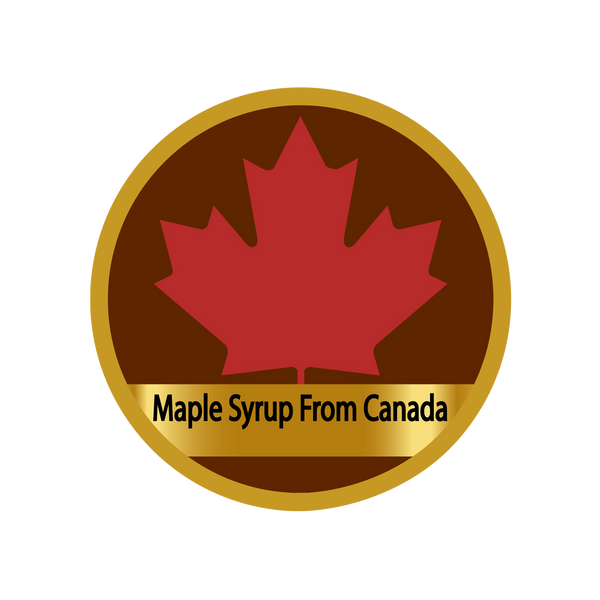How Maple Syrup is Made?
Maple syrup production is a fascinating process that takes place during the spring months, typically from late February to early April, when maple trees begin to awaken from their winter dormancy. Here's an analysis of how maple syrup is made and when the process occurs:
-
Tapping the Trees: The process starts by tapping maple trees, usually sugar maple or black maple species. Tapping involves drilling a small hole into the tree's trunk and inserting a spout to collect the sap.
-
Collecting Sap: As temperatures fluctuate between freezing nights and warmer days, pressure changes cause sap to flow from the tree into the collection system. Sap is mostly water with a small percentage of sugar content.
-
Boiling: Once collected, the sap is transferred to an evaporator. Boiling is the most critical step, as it concentrates the sugar content and transforms the sap into maple syrup. This process removes water through evaporation.
-
Sugar Concentration: As the sap boils, its sugar concentration increases, and water content decreases. The boiling continues until the sugar content reaches around 66-67%.
-
Filtering: After reaching the desired sugar concentration, the syrup is filtered to remove any impurities, debris, or sugar sand that may have formed during the boiling process.
-
Finishing: The filtered syrup is removed from the evaporator and further refined if necessary. The color and flavor of the syrup depend on factors such as boiling temperature and tree species. Lighter syrup is often produced earlier in the season, while darker syrup is made as the season progresses.
-
Bottling and Packaging: The final step involves bottling the syrup while it's still hot to ensure proper sealing. The syrup is then cooled and labeled for sale.
The maple syrup production process is highly dependent on weather conditions, particularly the freeze-thaw cycles that stimulate sap flow. While the traditional maple syrup season takes place in the spring, the exact timing can vary based on geography and local climate. Warmer regions may have shorter seasons, while colder areas with extended freezing temperatures can experience longer sap flows.
In conclusion, the process of making maple syrup is a harmonious blend of nature's rhythms, human expertise, and modern technology. It's a testament to the intricate relationship between trees, weather, and skilled maple syrup producers who transform sap into the beloved sweet and flavorful treat.
